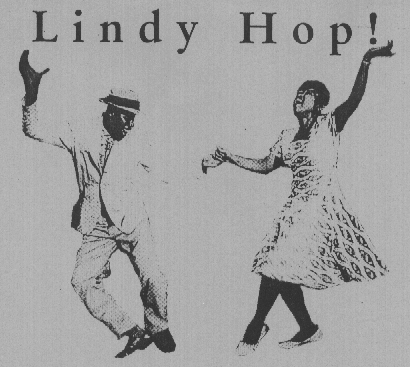 In Stephen King's latest novel 11/22/63 his main character Jake goes back in time to 1958, in the hopes that he can prevent the Kennedy assignation. This required him of course to live for five years in the past leading up to it, and all other stereotypical Stephen King aside the novel is wonderful in that its really a love letter to the America of King's youth (he would have been nine years old in 1958). In a nice bit of serindipity (only in a novel could this happen) Jake met his ex-wife (in the present day) at a ballroom dance class where the fell in love while learning the Lindy hop. Going back in time, he fit right in because a man of his age, living in the 1950's would have grown up Lindy hopping in the late thirties and early forties. This proves a bonding point for him and the soon to be love of his life Sadie who he meets in 1958. They Lindy hop fairly regularly throughout the novel and he finds occasion to teach those
In Stephen King's latest novel 11/22/63 his main character Jake goes back in time to 1958, in the hopes that he can prevent the Kennedy assignation. This required him of course to live for five years in the past leading up to it, and all other stereotypical Stephen King aside the novel is wonderful in that its really a love letter to the America of King's youth (he would have been nine years old in 1958). In a nice bit of serindipity (only in a novel could this happen) Jake met his ex-wife (in the present day) at a ballroom dance class where the fell in love while learning the Lindy hop. Going back in time, he fit right in because a man of his age, living in the 1950's would have grown up Lindy hopping in the late thirties and early forties. This proves a bonding point for him and the soon to be love of his life Sadie who he meets in 1958. They Lindy hop fairly regularly throughout the novel and he finds occasion to teach thosecrazy kids from IT
how to Lindy hop
as well (they've already survived Pennywise and made their weird sex pact at this point). Either way the dance forms a lovely 'constant' if you will throughout the novel, tying together Jake's past (in the future) and the past (his present). It also seems to be the sort of tradtional American that defines an era and a people, as suggested by this Life magazine from August 1943. It was just the sort of all America fun to show those Nazis we were really going to lick them. Now I am down to Earth enough to know the chances I will ever Lindy hop are pretty slim (I regularly walk into walls, dancing is nigh on impossible) but if I ever did, this dress is made for it. In fact when I wear it I get the feeling that someone has Lindy hopped in it before, and isn't that what great vintage is all about?
Dress: vintage 1940's via Dame
Belt (removed from another sweater): Sonoma Life and Style via Kohl's
Shoes: Sacha London via Building 19
Bracelet: vintage, gift
Purse: Bueno, gift








No comments:
Post a Comment